Mercado en Casa
Mobile application for purchasing and delivering groceries during the COVID-19 pandemic.
Introduction
During the COVID-19 pandemic, the Group for the Analysis of Development (GRADE) detected that popular markets in Peru were infectious hotspots and therefore high-risk places for the population, so it set itself the task of creating a digital tool controlled by the State that allowed the remote purchase of groceries from these markets. This solution began to be developed in the last months of 2020.
I participated in the project in February 2021 with the position of UI designer.
Kickoff and research
The range of my work only included visual interface design. However, since there is no visual design without experience design, I decided to follow a short version of the Design Thinking process to understand the target users of the application and from there implement aesthetic and functional changes that contribute to the experience that users would have using the product.
To empathize with users, I had several meetings with the GRADE team that was carrying out field work to document the opinions of merchants and potential users. I also carried out an audit of competing brands for product purchasing and delivery. With this information, I created the visual interface based on Material Design 2, as the application was going to be exclusive for Android devices.
Design
The information architecture and user-flow were created by the project's full-stack developer. For this reason, my first step, after preliminary research, was to create three user journey maps, one for the user who buys the products, another for the merchant who sells them, and the last one for the delivery driver.
This step was necessary to understand the parts of the application with which users would experience the greatest conflicts, focusing my observations and changes mostly on these interfaces following UI conventions.
For the identity of the application, the name Mercado en Casa was chosen, and the amber color was selected as the primary color.
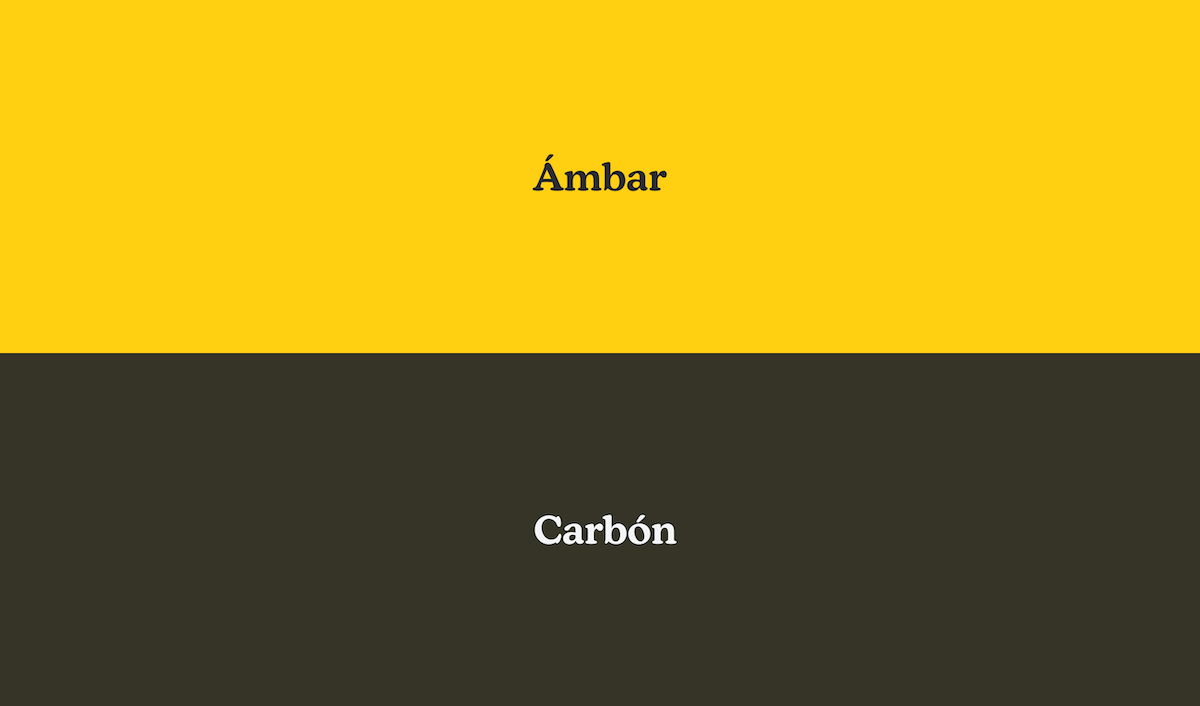
The colors and identity were chosen by consensus of all team members.
Results and next steps
The first step that the user would carry out, log in or create a new account, included the possibility of using Facebook as this is the most used social network in Peru.
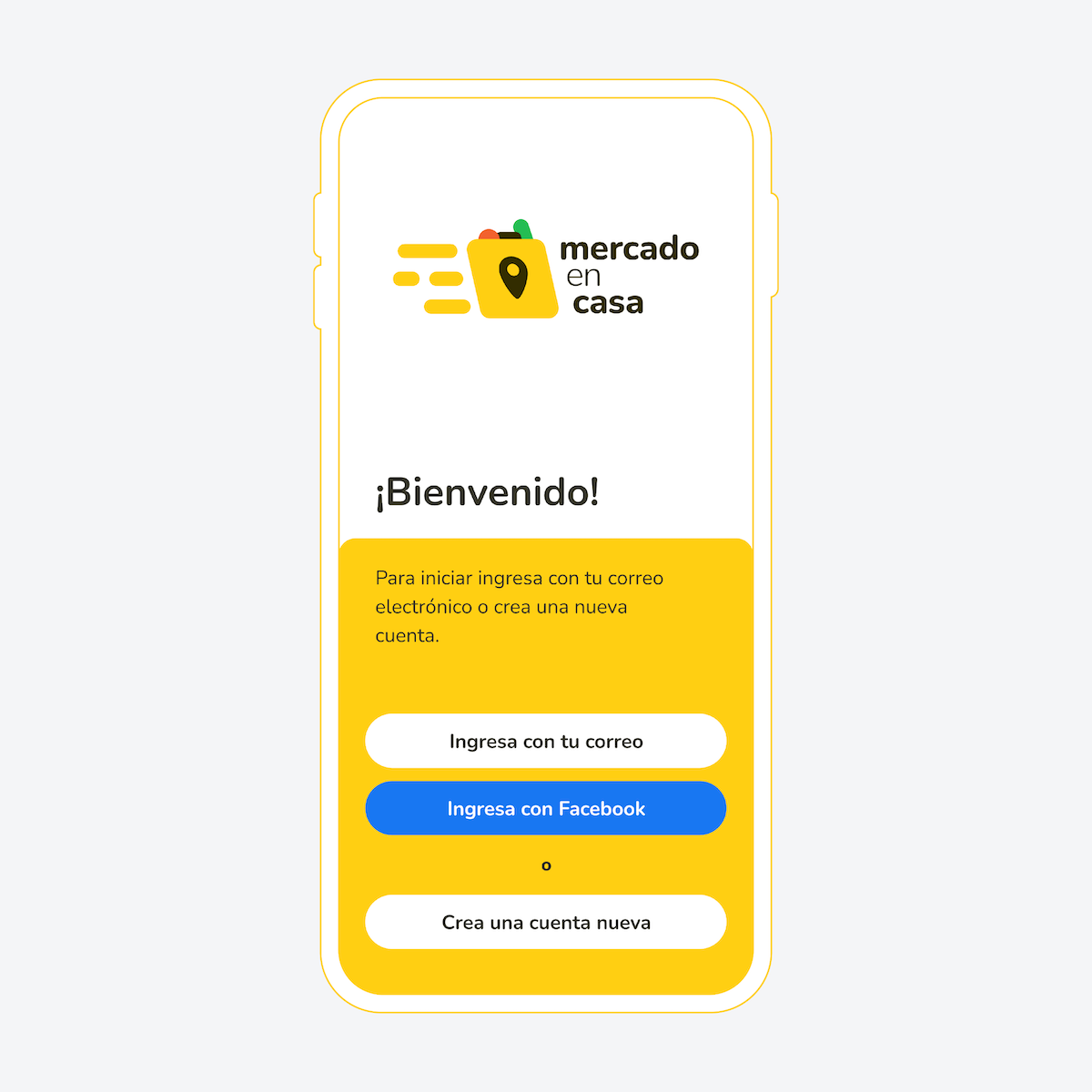
The login interface was as simple as possible so as not to generate a saturation of unnecessary information, since I detected that searching for products is already a task with information overload.
After logging in, the user had to choose their delivery location (their home, for example). For this reason, he would receive a welcome message that would lead him to select his home on a map.
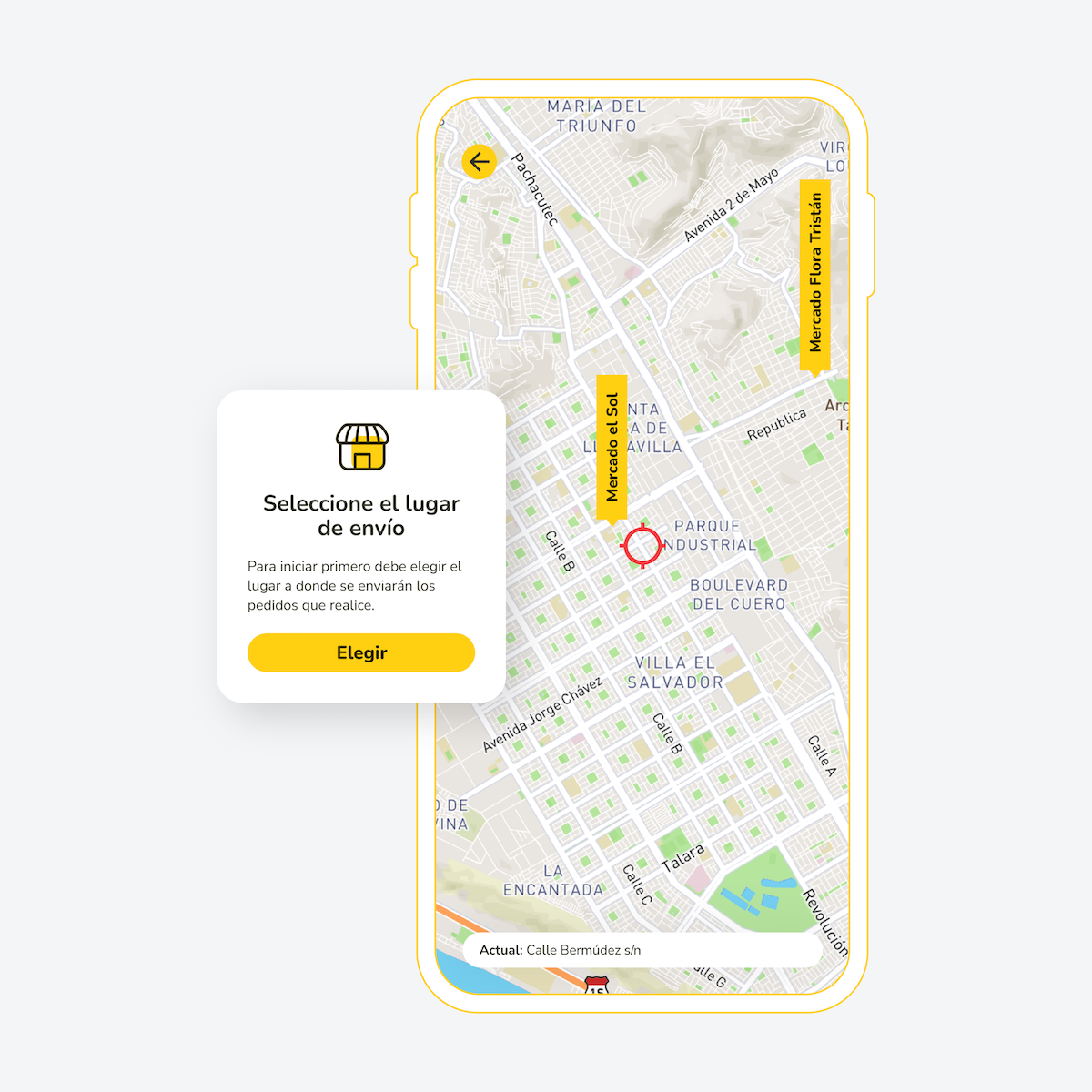
The crosshair at the center of the screen provided a familiar object that the user could easily manipulate.
The previous step was only displayed the first time the user entered the application. To modify the address it was necessary to enter the menu and select the “My address” option.
The home screen displayed the market closest to the user and the registered merchants trading there. Each market had, for logistical reasons, a maximum delivery radius of 5 km.
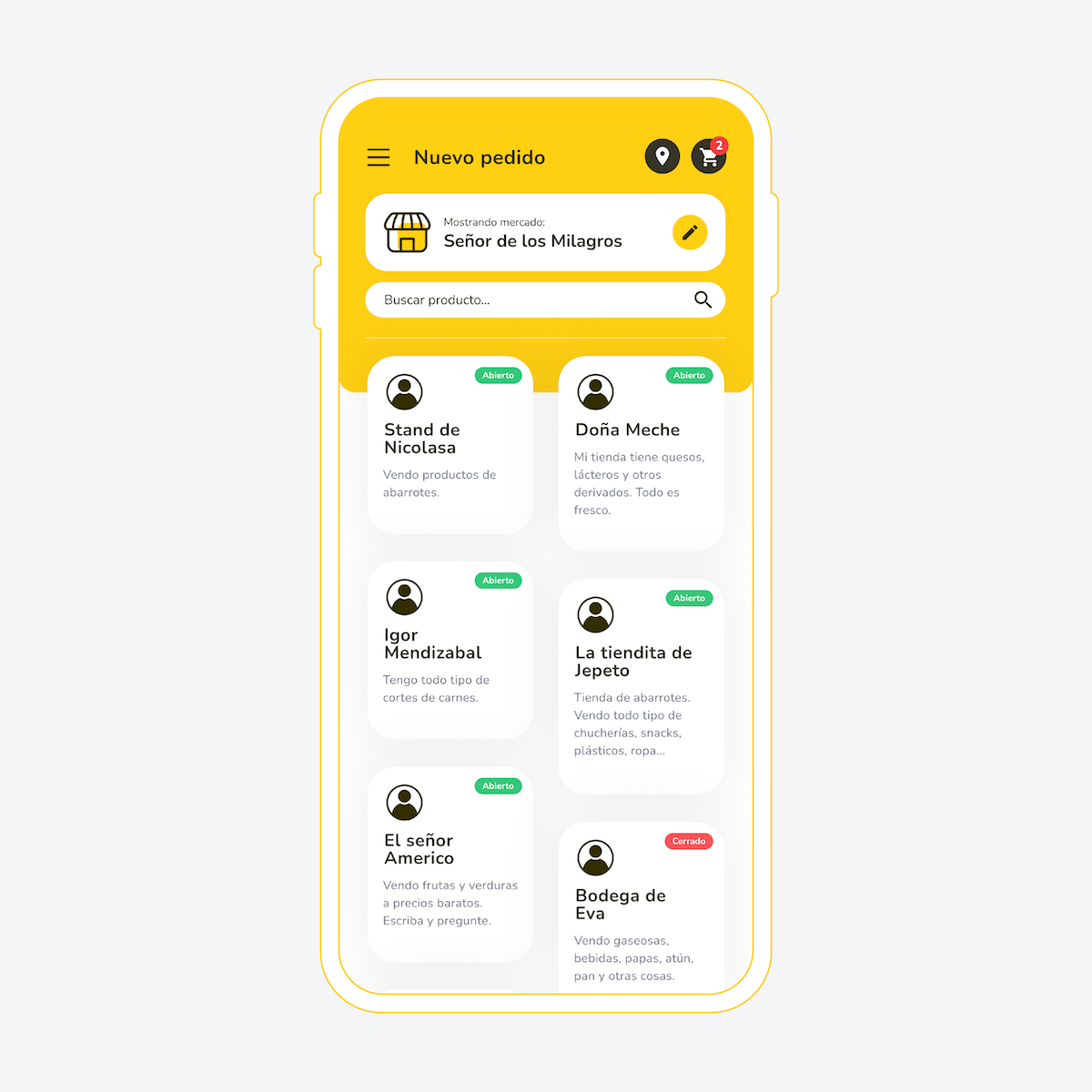
The market selection section was added later as well as the location change button, both options being accessible through the application menu as well as from the main screen.
The products were chosen by selecting a merchant. This decision was made by understanding that users have a “casero” (favorite merchant) whom they trust with their quality, so they only buy from this person.

By pressing the “Confirm” button, the selected products would be added to the cart.
The purchasing process was the same as similar applications. The products are added to the cart, the products in the cart are confirmed, and finally the payment is made.
However, on this app the payment was made in cash, giving it to the delivery person.
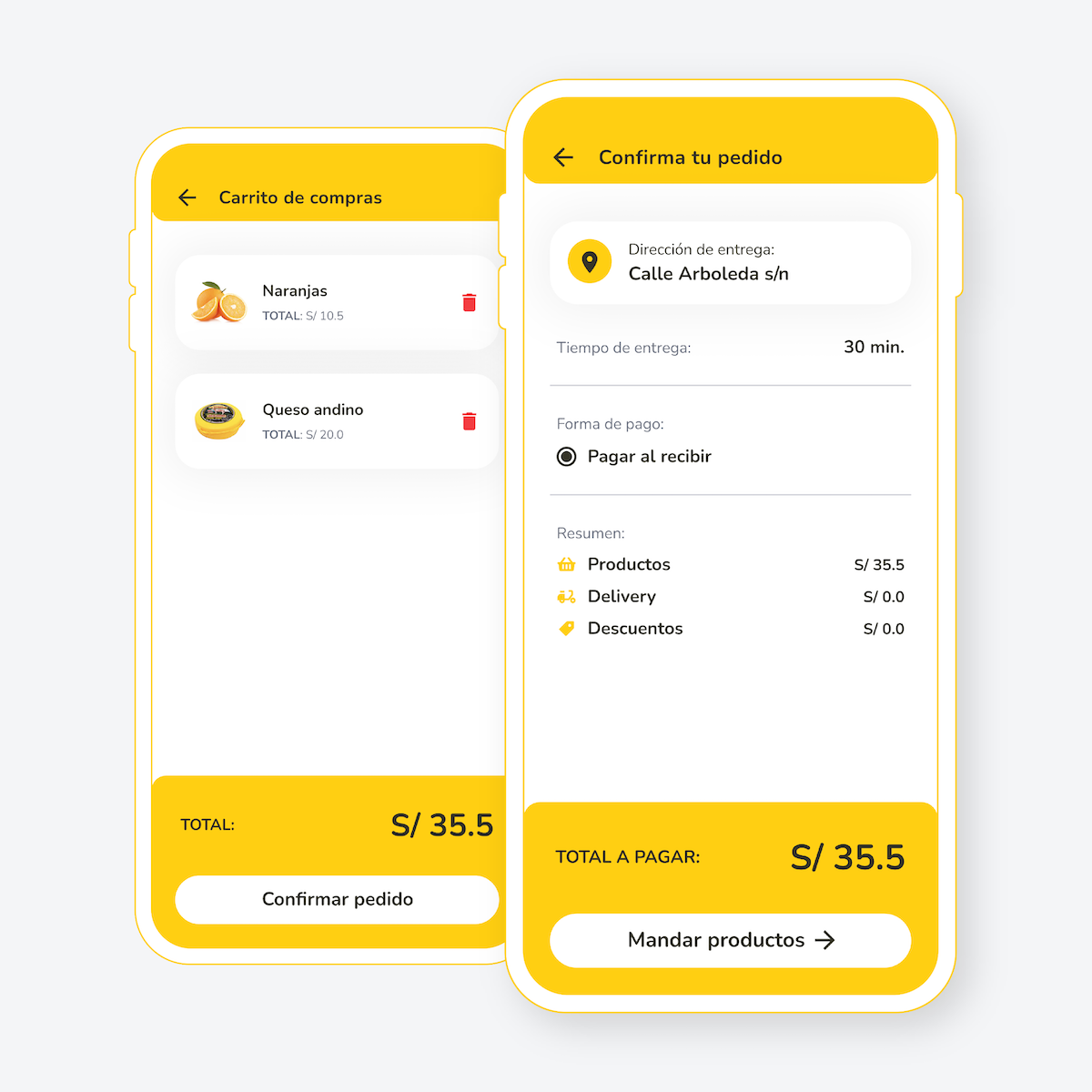
At the beginning of the project, delivery was free. Later, the sum of five soles per trip was added.
After the approval of these changes, the prototypes were delivered to the full-stack developer, completing their implementation in April, the month in which the MVP of Mercado en Casa was released on Google Play.
The application was available until the first months of 2022, when the restrictions due to the pandemic began to be gradually lifted and the function of the product had already been completed. However, there are plans for a greater reactivation and implementation in other markets in the country.